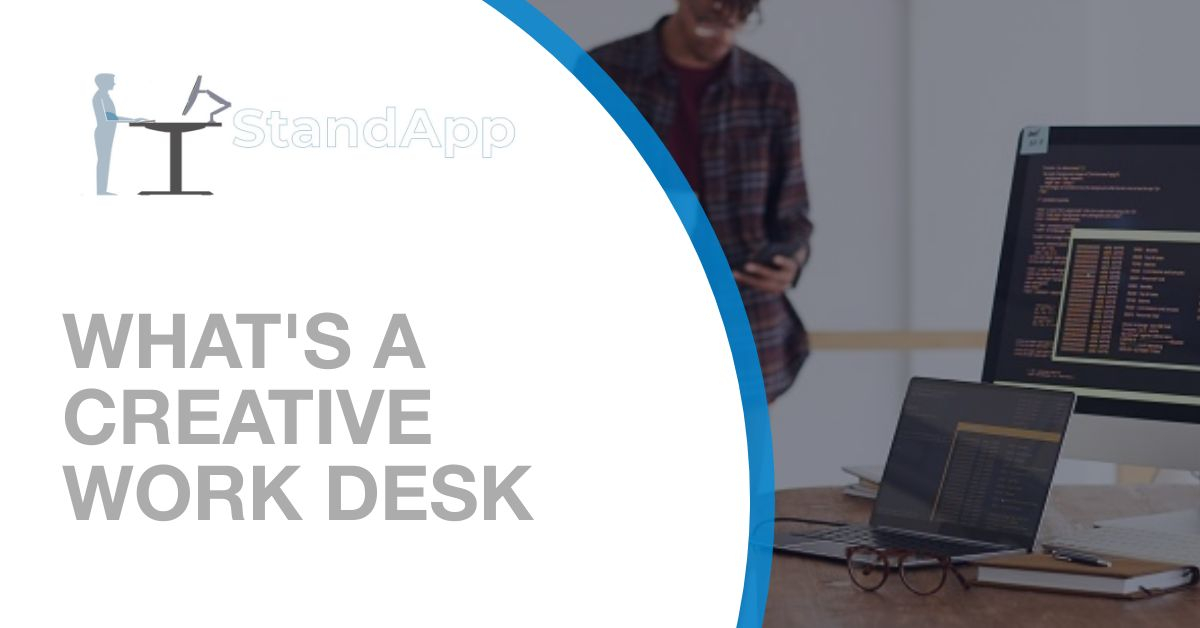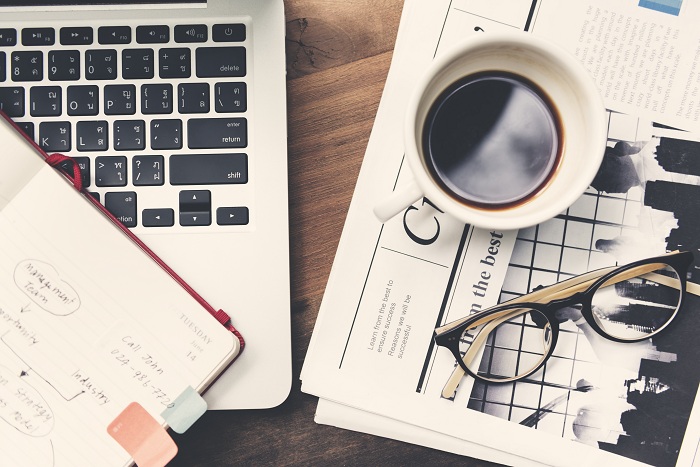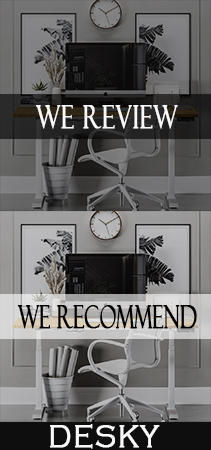
The Little Known Secrets of a Creative Work Desk
Every workstation is different. Some are cluttered, others are disorganized, and still others may be spotless. It’s crucial to remember that the quality of one’s work varies depending on the work environment. If you want to enhance your professional performance, be sure you have the proper atmosphere for it.
Since the 2008 financial crisis, under performance has been a near-constant worry for UK companies of all sizes. Although British people are working harder and faster than ever before, their productivity has remained stagnant, according to the 2017 Skills & Employment Survey, which was published in October 2018.
When it comes to determining the reasons for low productivity, some workplace design may be overlooked. A well-designed workstation can help people complete tasks more quickly and effectively, collaborate more collaboratively and creatively, and have a beneficial influence on their health, wellbeing, and engagement.
Here are four key aspects of office design that can affect productivity – for better, or for worse.
1. Personal workspaces
A disorganized, chaotic workspace makes it more difficult and time-consuming for many workers to address their to-do list. Others may like a messier work environment; according to a 2017 research by the University of Minnesota, “creative geniuses” enjoy a cluttered, busy environment.

Consider the following if you want to streamline and simplify your office environment.:
- Filing digital and paper documents in an organized folder system
- Keep the things you use most often close at hand, and store the items you only utilize on special occasions
- Documents that are no longer needed may be recycled or erased, ensuring that any commercially sensitive or personal data is destroyed before they are disposed of
2. Ergonomics
The aim of ergonomic practice is to improve the workplace’s conditions under which everyday activities are performed in order to reduce strain, fatigue, and any health hazards that may arise from them.
Working at a computer all day can put strain on your wrists, shoulders, elbows and hips. This strain might cause employees to miss work or necessitate additional costs for your organization.
The ergonomic concerns for various sorts of workplaces are quite distinct. Consider:
- Using a laptop or screen support to position the monitor correctly allows you to sit in the greatest feasible posture.
- If you have trouble resting your feet on the floor naturally, use a footrest.
- Rests for your keyboard and mouse to keep your hands, wrists, and forearms from getting tired.
3. Environmental design
Beyond basic ergonomics, workplace design may have a significant impact on employee health and well-being. For example:
- When indoor air is inadequately ventilated and heated/air-conditioned equipment are in use, individuals can become uncomfortable and ill.
- Inadequate lighting might induce eyestrain, tiredness, tension, and headaches. Take advantage of natural light as much as possible, and install adjustable lighting systems if you can.
- Employees may be distracted by loud noises, making it difficult to focus and converse with coworkers in person or on the phone, resulting in reduced productivity and morale. Creating a variety of working places – such as informal meeting areas and deep-work nooks – might make a significant difference.
- Offices tend to be sedentary environments; providing bicycle parking and showers, for example, may encourage people to walk, run, or cycle more.

4. Types of working spaces
A well-designed workplace should provide a variety of workstation types, as well as the right technology and organizational culture to enable workers to work in various settings when they find it beneficial. The adaptable spaces can also be utilized for tea breaks and casual encounters to produce unexpected meetups across teams and departments while also allowing remote staff to visit your headquarters.
Employees’ core working areas, which are typically their desks, should provide them with the room to work independently and interact with others in their team. Separating employees’ workstations by dividers, on the other hand, subtly discourages team members from conversing.
Consider the overall aesthetic of the room. Is it sterile and white, or are there any personal touches? What wall colors do you use? Do you utilize plants to give a feeling of natural beauty within? A sparse workplace has a similar detrimental influence on workers as a minimalist home with endless magnolia walls and little decoration or personalization.
Consider why people feel more creative, inspired, and involved at work – whether it’s a splash of color or some simple comfortable sitting areas – when you go beyond the fundamentals of what they need to keep your company functioning smoothly and effectively.



